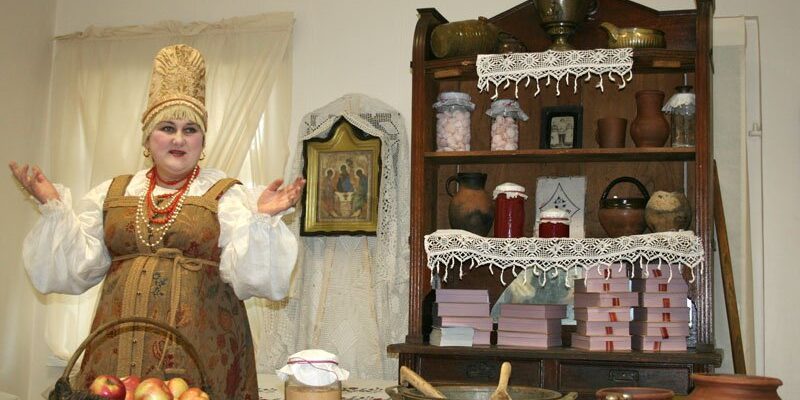Pastila Museum in Kolomna
Pastila Museum in Kolomna is a fundamentally new type of museum that combines elements of an exhibition and theater hall, a cafe and a merchant’s grocery store. The dream of its creators was not just to tell about the history of a popular delicacy, but also to convey the flavor of the era, to make visitors participants of a theatrical performance. Provincial culture of the XIX – early XX century with leisurely tea parties, salon evenings, Shrovetide games and joyful Christmas appears before the guests of the museum “Kolomna Pastila”. Cognitive programs tell about the history of Kolomna, famous writers – natives and guests of the city, traditions and customs of the merchant class.
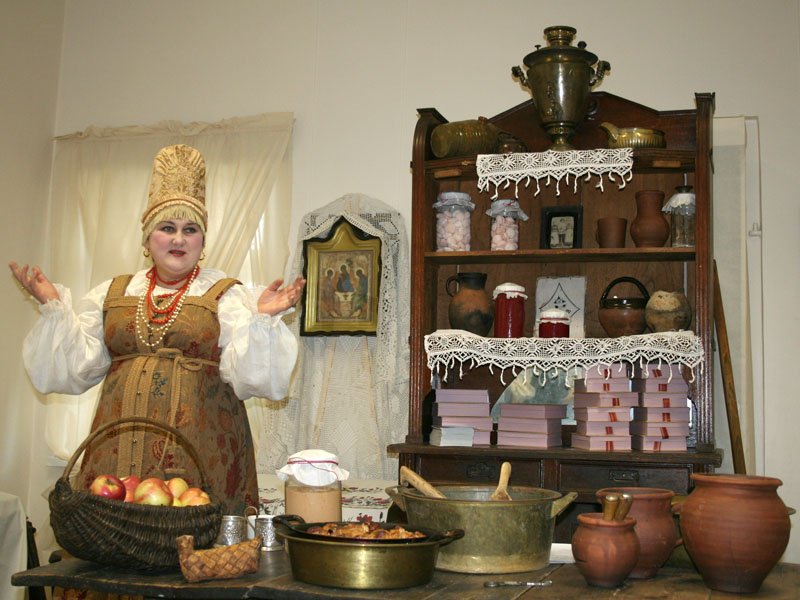
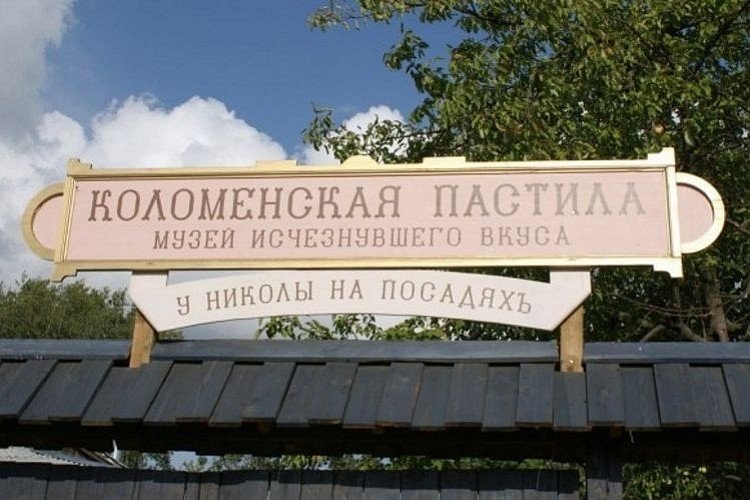
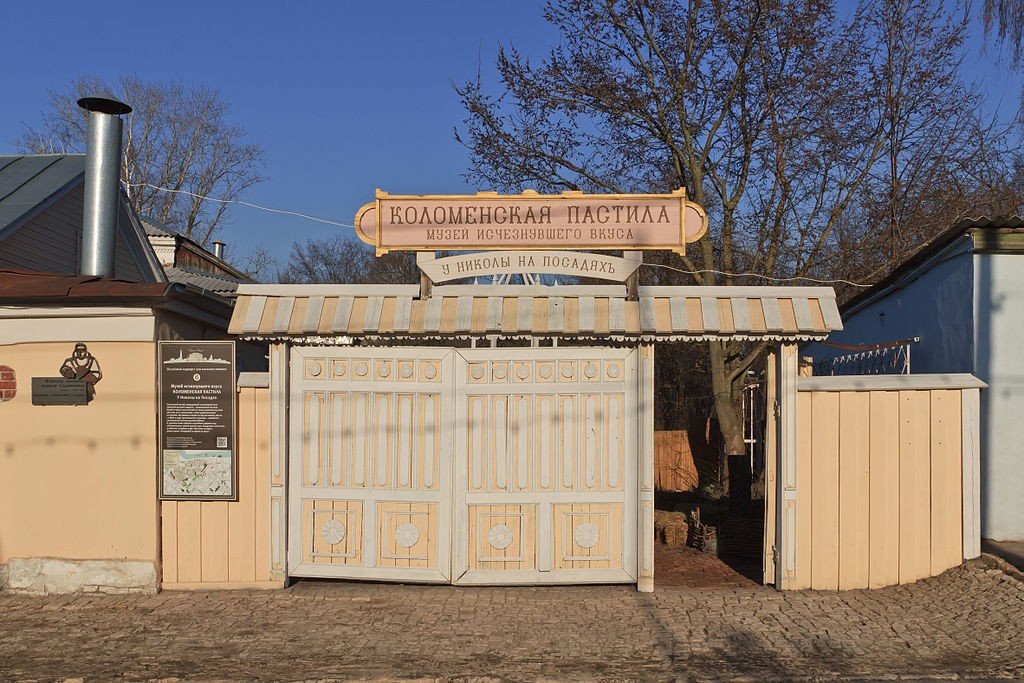
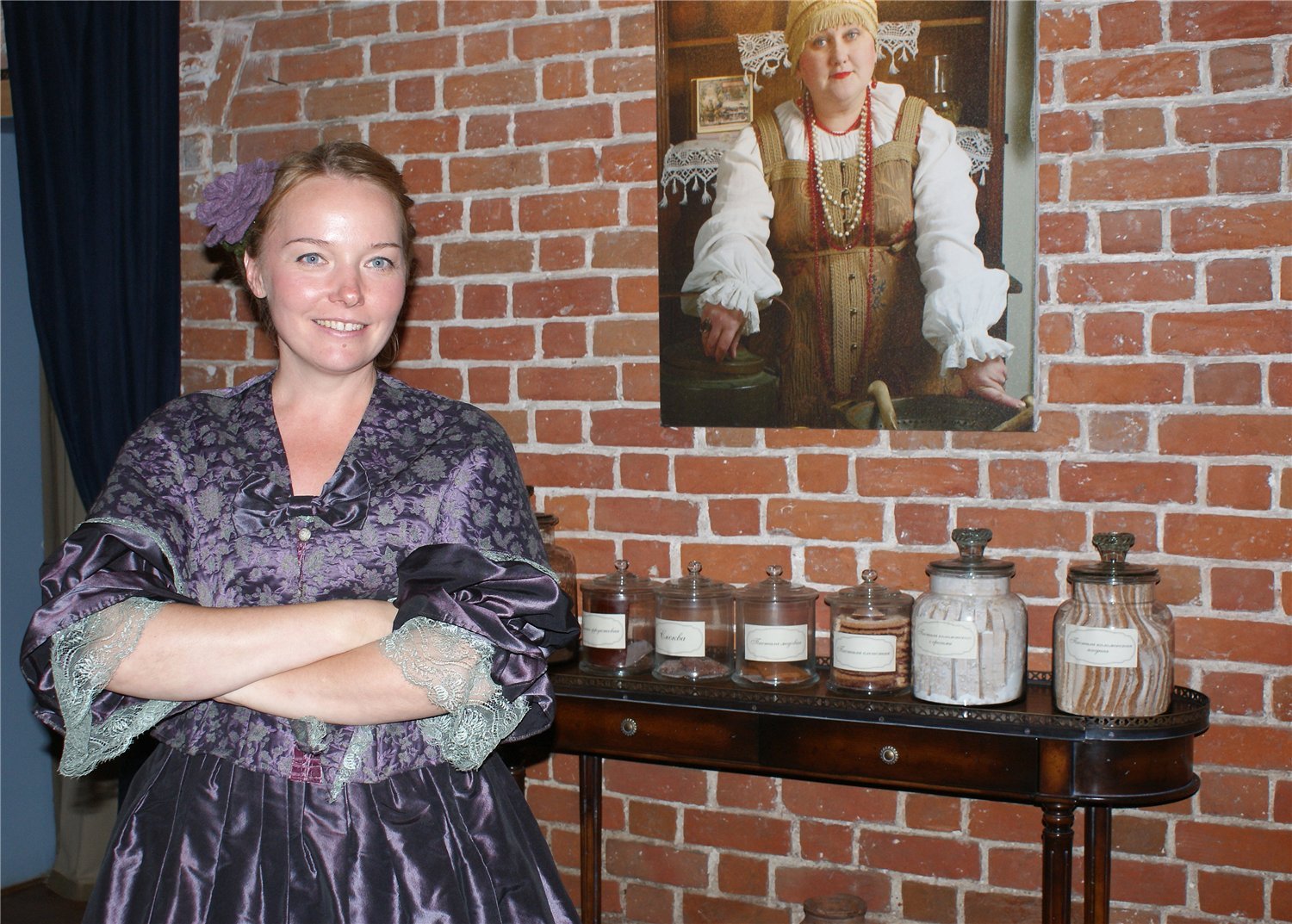
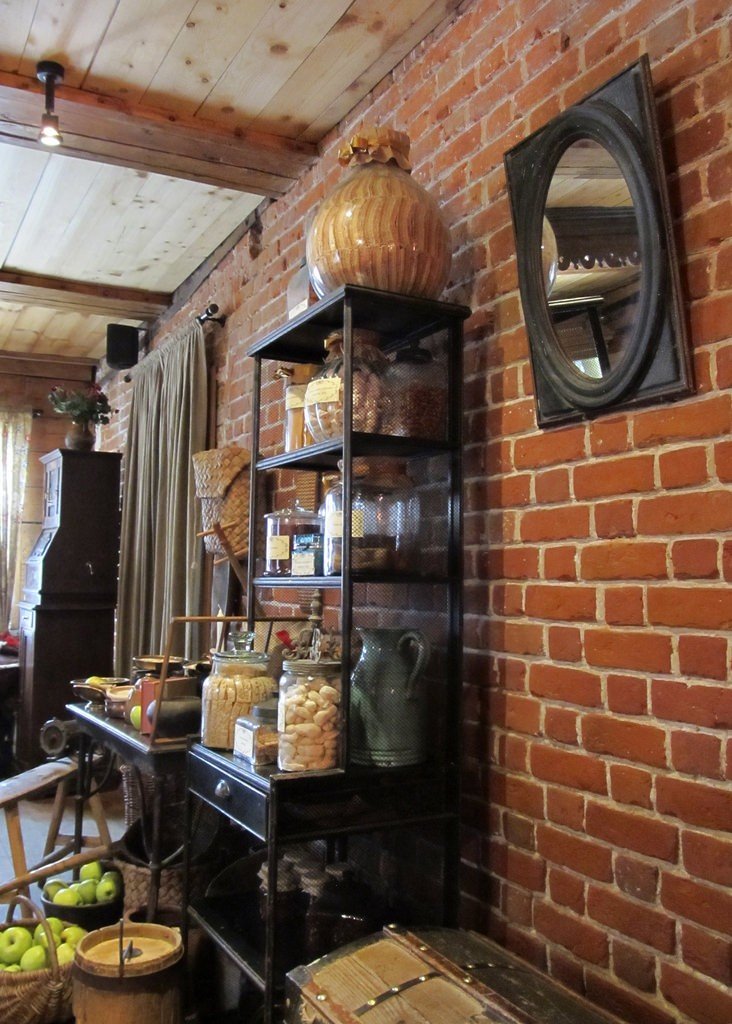
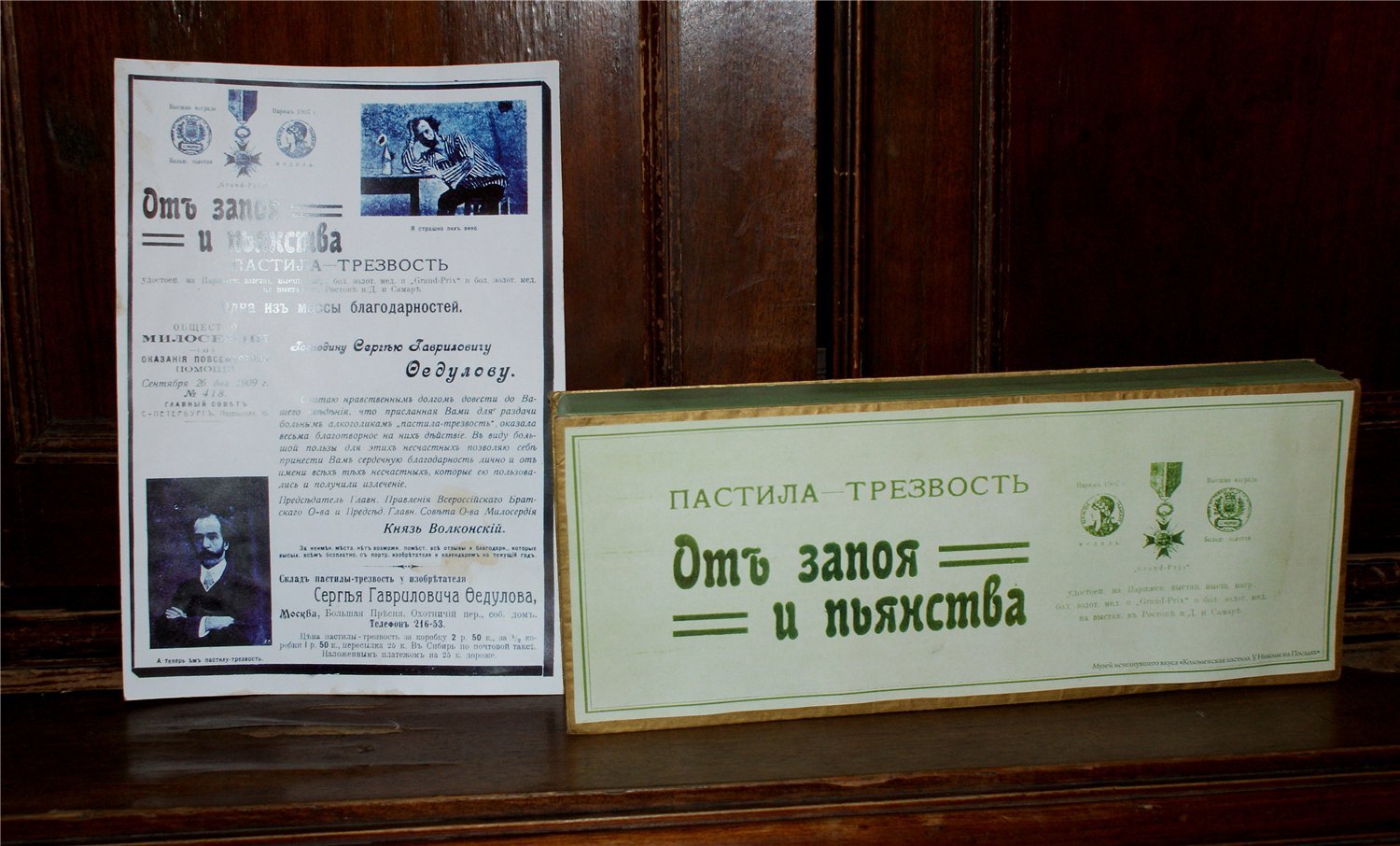
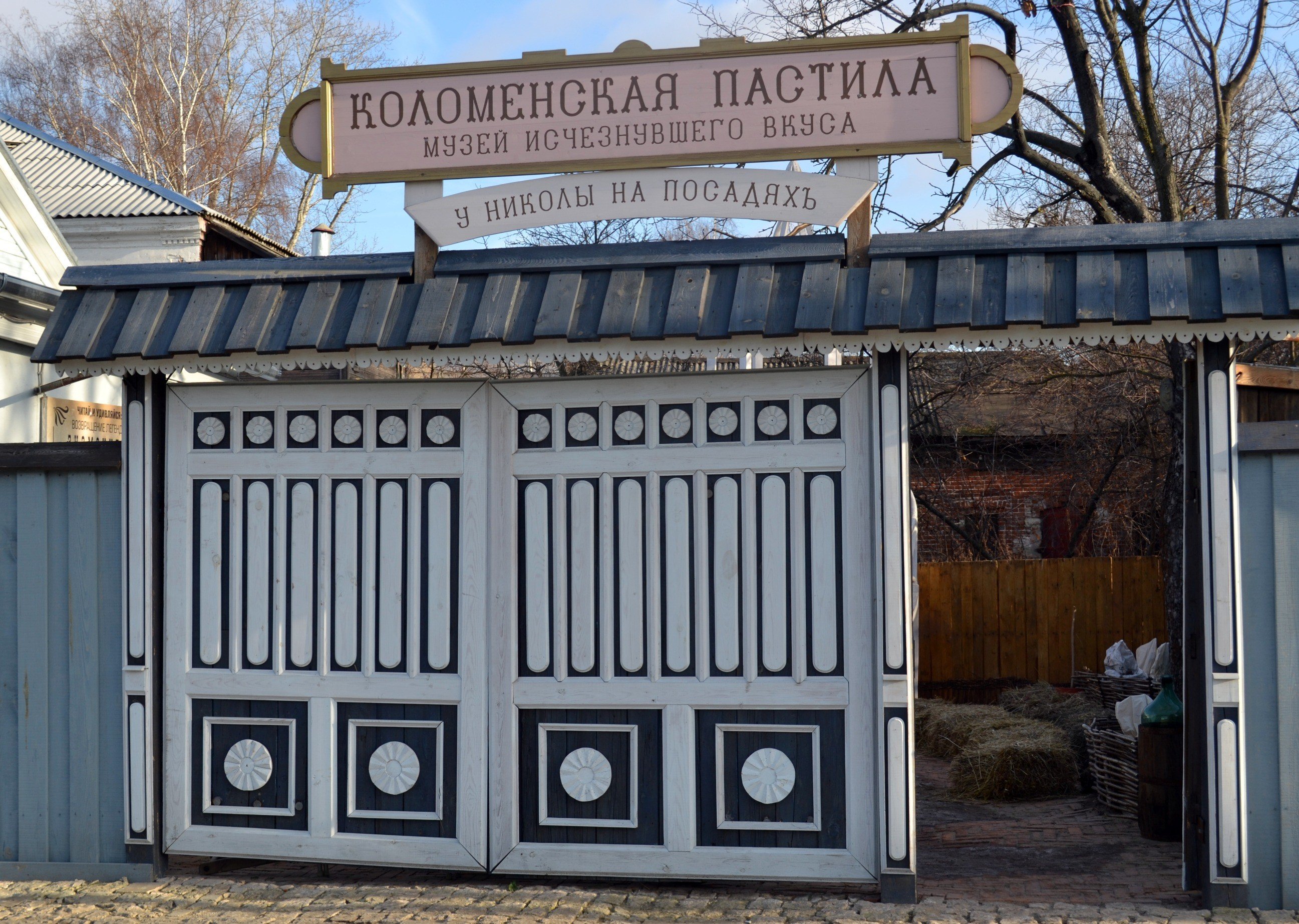
- History of the museum “Kolomna Pastila”
- Pastila Museum Building
- Museum Programs
- Tourist Information
- How to get there
History of the Kolomna Pastila Museum
Kolomna has long been famous for its apple orchards. To preserve the harvest, locals cooked pastilla – a mixture of fruit puree with sugar, slightly dried after heat treatment. Soon other fruits and berries began to be used for the favorite sweets. The resulting product was not sugary like jam, retained its natural sourness and did not spoil. And, of course, it was completely natural. This fact in 2009 inspired Kolomna residents to create a museum of pastila. On the one hand, pastila is a purely Russian product, because this way of storing the harvest is not known abroad. On the other hand – such a variety of varieties of this dessert, as in Kolomna, can not be found in all of Russia. It only remained to restore the ancient recipes and turn an ordinary tasting into a theatrical action – and the concept of the museum is ready.
.Building of the Pastila Museum
The home for the museum had to be a building in the historical center of Kolomna, which preserved the spirit of the time to be a natural setting for performances. Such a place became an outbuilding in the estate of the merchants Suranovs – wealthy townspeople, in whose house the Kolomna Masons gathered. In the wooden house, typical for the pre-revolutionary wooden architecture of the Moscow region, there are only two halls: one of them tells entertaining stories about pastille, the other holds tea parties and tastings of sweets. In good weather, you can drink tea outside in the museum’s tiny courtyard.
.Museum Programs
It would seem that, apart from an uncomplicated recipe, what can be told about pastille? In fact, marshmallow is only an excuse for an excursion into the history of Kolomna and the whole of Russia, for acquaintance with the biography and creativity of Russian writers. When writing the script of the excursion program, an insignificant detail is taken as a basis, for example, Dostoevsky’s love for tea with certain sorts of marshmallow, then it is enriched with details – and at the end we get a story about the family happiness of the most complex writer of Russia. This is how the visitors of the pastila museum see the images of the Kolomna residents of the times of Ivan the Terrible, merchants Suranovs, local native, author of historical novels Ivan Lazhechnikov and writer Boris Pilnyak, who lived here for a long time in his youth. The excursions are led by charming young ladies in old dresses with crinolines, bespectacled merchants or even Pushkin – depending on the program. In any case, the main number remains marshmallow, around which all the action is built.
.Winter programs
Starting from December 15, the winter season opens with “Russian Christmas”. Guests get acquainted with the holiday customs of Kolomna merchants, try winter varieties of snow-white pastila. From the middle of January it is the turn of literary classics – the program “Tea Party with Dostoevsky”. The guests are told about the writer’s home life and offered to taste his favorite kinds of pastilles – almond, white in sticks and red figs. During the master class the guide will show how letters were written in Dostoevsky’s time. Pancake Week with festive cakes and pastilles and stories about merchant traditions rounds out the winter cycle.
.Spring excursions
All spring long, with a break on Easter, the “Fashion Telegraph” works for the guests of the pastille museum. This program reveals all the secret signs of love, teaches visitors to understand the language of fans, flowers and even snuff boxes. The idea was given to the scriptwriters by historical books by Lazhechnikov with their attention to the smallest details of everyday life. For Easter, guests will be treated to a special program: they will be told how the holiday was celebrated in pre-revolutionary Russia, how the sweet table was served, what dishes were prepared especially for Easter.
.Summer period
From mid-May to mid-July in the museum “Kolomenskaya Pastila” – a time dedicated to Pushkin. The title of the program was his poetic joke “Pastila is not good without you, my soul”, which he wrote in an album to Anna Kern. Visitors will be treated to tea not by merchant’s daughters, but by a peasant lady Liza Muromskaya and her governess. Pushkin will be the guide and guide through the halls of the museum, the guests will learn about his children, family circle, what connects the poet with Kolomna. Until the beginning of the school year will last “Kolomna tea with a bell”, where you can learn about merchant tea etiquette and the secrets of herbal infusions.
.Autumn programs
Until mid-October there is a program dedicated to the tragic fate of Boris Pilniak, who was repressed in 1938 at the peak of his writing fame. It will be replaced by “Katin’s Garden”, lasting until the Christmas holidays. Guests will try on the roles of visitors of social salons, entertained by entertaining games. Especially for dark evenings, a shadow theater play based on a fragment of Lazhechnikov’s novel will be presented.
.Tourist information
The Kolomna Pastila Museum is open daily from 10 am to 8 pm, but guests are asked to call in advance and book a time to visit. This is due to the fact that the premises are small and space for all comers without an appointment may not be enough. In addition, the halls are rented for private events, and then the pastila museum is closed. Excursions last about an hour, during this time you can take photos for 200 rubles. During breaks, photos are free, videotaping is prohibited on principle.
.Tickets
There are two rates at the Pastila Museum: one for weekdays and one for holidays and high season. Tickets cost respectively 350 and 450 rubles for adults, children under 3 years pass for free, up to 16 years pay 300 or 400 rubles. Preferential conditions for pensioners, disabled people, large families are valid only on weekdays outside the high season – then the ticket costs 200 rubles. High season is the interval two weeks before and after the New Year, weeks on Shrovetide and Easter, days from March 8 to 10, from May 1 to June 15, from October 15 to November 15, when there are especially many schoolchildren in the museum.
.Pastilla Shop
After the tasting, you can linger in the museum shop and purchase more than 50 sweet gift options. Buyers will be offered dense and loose marshmallow, including dietary protein-free marshmallow based on honey with cinnamon and almonds. Loose is prepared by whipping mashed potatoes with sugar and drying, and dense is boiled before drying. Make pastilla not only from apples, but also from apricots, cranberries, lemons, oranges, pumpkins, with the addition of nuts and honey. In addition to the usual sweets there are also exotic ones, like hangover marshmallows. Simple bags cost from 100 rubles, gift sets – about 500 rubles.
.How to get there
Travelers usually come to the pastila museum from Moscow by train from Kazansky railway station or by bus number 460 from the metro station “Kotelniki”. Get off the bus at “Staraya Kolomna”, from there it takes about 20 minutes to walk to the museum. The building is located on the corner of Posadskaya and Arbatskaya streets, any passerby will explain the direction, because the museum “Kolomna pastila” has long been one of the main city attractions.
.